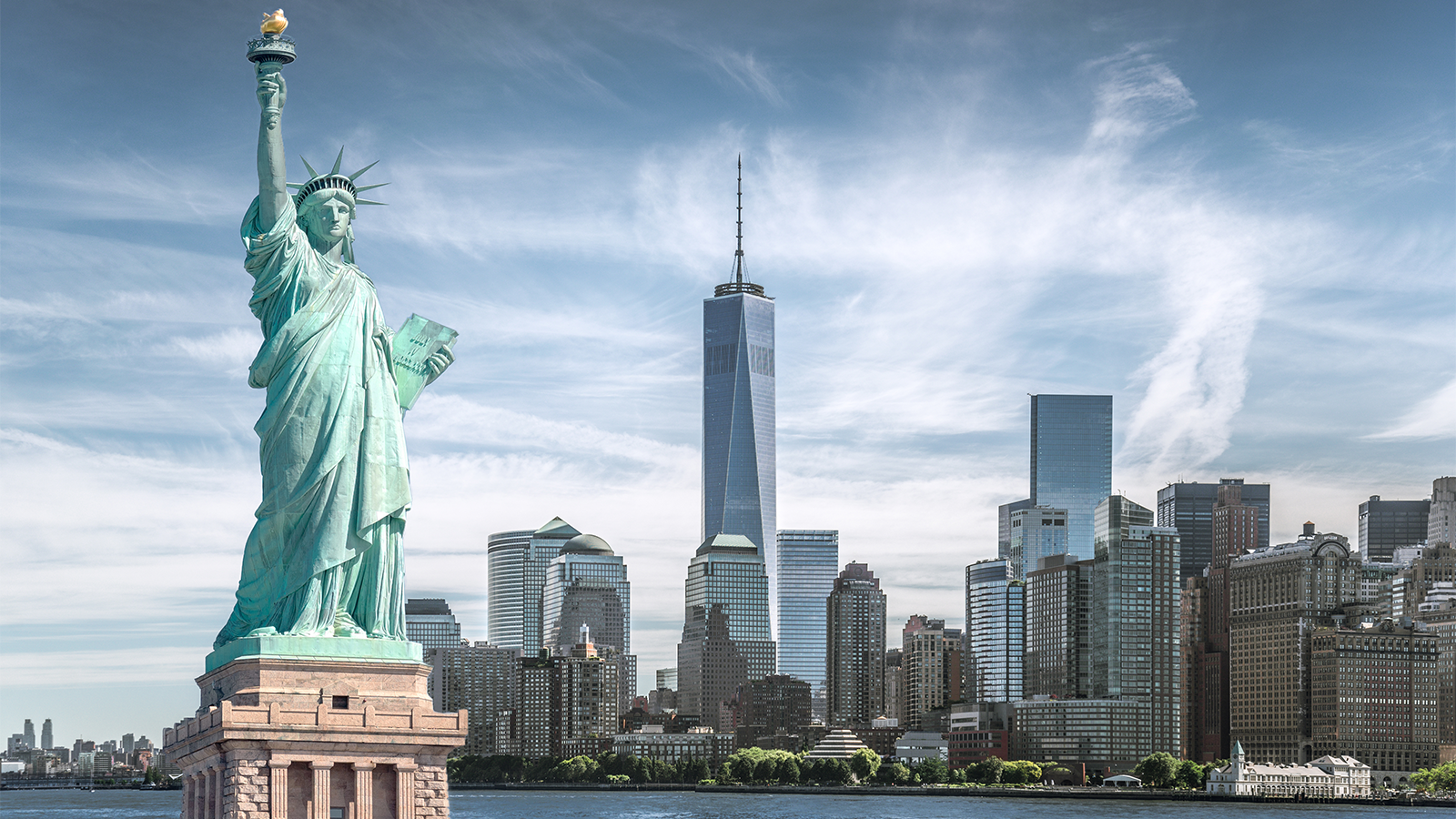Visiting:
Far East

Princess Cruises
No matter what you love, you’ll find it on a cruise with Princess, the original Love Boat®. Award-winning food, awe-inspiring adventures in port and entertainment that wows. The line’s friendly crew and luxurious staterooms make you feel at home and always welcome.
3080
Passengers
1200
Crew
2006
Launched
2018
Last refit
113561t
Tonnage
290m
Length
49m
Width
22kts
Speed
15
Decks
USD
Currency
Cruise Itinerary
Ship Details


Princess Cruises
Crown Princess
Your escort to a world of dazzling amenities, sublime dining options and exotic destinations
Enjoy sweeping views of the world while sailing on Crown Princess.
Cabins
All Prices




















